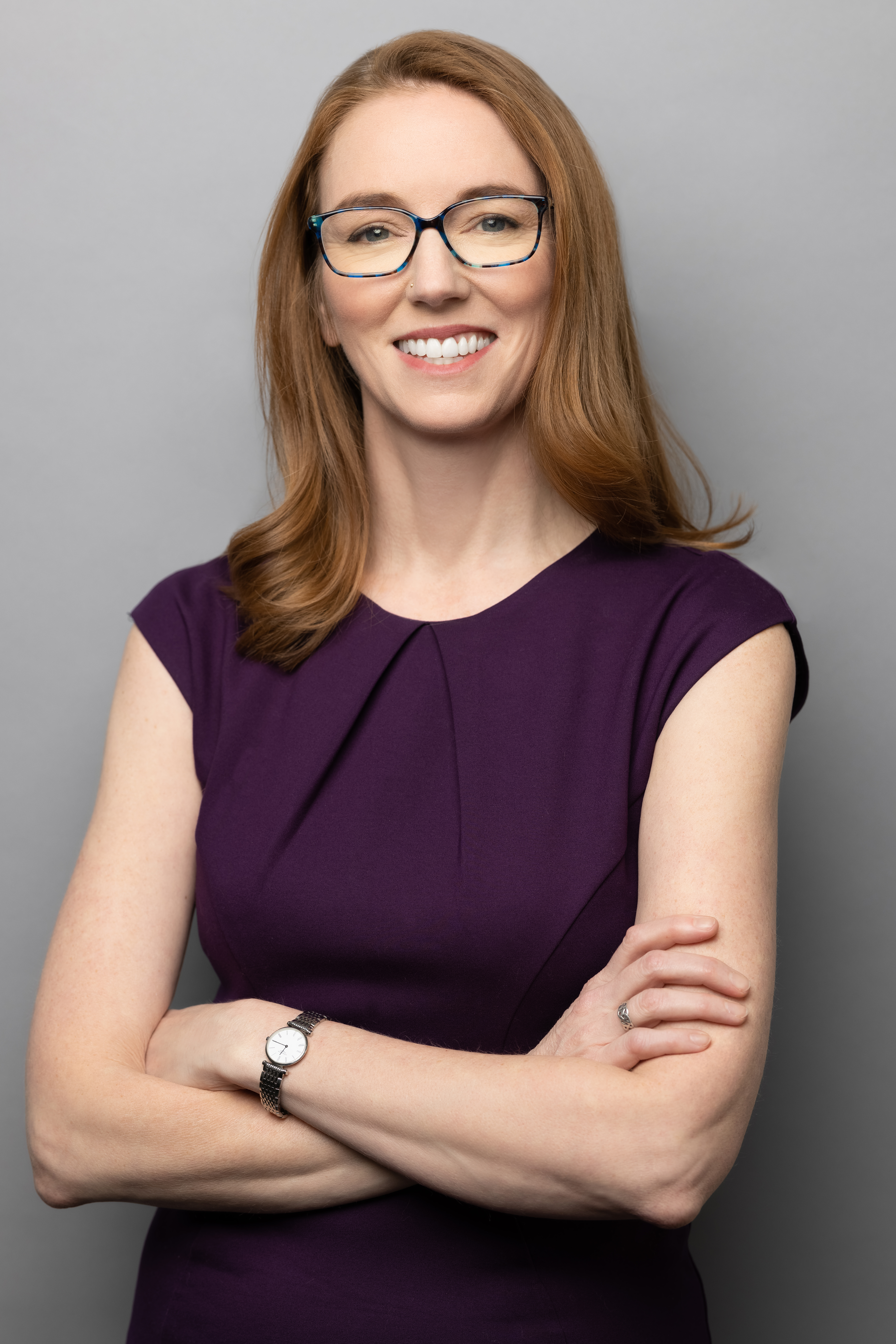In the early 2000s, at the beginning of Allyson Book’s career, she was employed as Senior Geoscientist at a major oil company. One of the draw cards of the job she says is that she “got to work with some of the world’s most luminary climate scientists — titans in the field of paleoclimate.” Paleoclimatology is the use of the natural-world archive before data was recorded — including concentrations of tiny fossils found in the sedimentary layers of core samples taken from the ocean — that indicates how the world’s climate has changed during different periods, and the thermal maturity of different regions, which is a key factor in oil discovery.
“我们今天谈论的是与气候,是寻找石油和天然气的核心概念之一,” n本书说,OW贝克休斯的能源过渡副总裁。

Since she first applied her studies in geology to oil and gas exploration, Book has been coming at carbon from a variety of perspectives. Among them, she spent several years maintaining a policy portfolio consisting of geothermal energy, mining safety, CCUS, Oil and gas, and helium resource development for the US Senate Committee on Energy and Natural Resources; she has taught students to apply research and policy skills to global challenges as part of Georgetown University’s Science in the Public Interest program; and she most recently served as the Executive Director of the American Geosciences Institute.
In the interim, climate science has been applied to look at the world through a different lens, in that it now tracks the effects that carbon emissions are having on climate today and will have into the future — ”There’s growing body of research on climate feedback loops,” says Book. And energy organizations must prepare to spend as much intelligence and dedicated research quantifying the greenhouse gases they emit throughout their operations, so that they can work on ways to reduce, capture and offset them, as they do measuring the concentrations of skeletons in sediment. A little acknowledged yet vital factor of this shift is that achieving carbon neutrality for the oil and gas industry could enable the world to continue to reap many of the benefits of oil and gas resources, and their sometimes life-saving byproducts, but in a low-carbon environment.

尽管许多组织都可以看到追踪被归类为范围1排放(直接从拥有或受控来源发射的范围)和范围2排放的途径(报告了购买的电力,蒸汽,供暖和冷却组织的间接排放),范围3提出了一个严重的挑战。
“Scope 3 is a big hairy beast with 15 categories of emissions to consider ”
艾莉森书,贝克·休斯
“Scope 3 is a big hairy beast with 15 categories of emissions to consider, ” says Book. Generated as the result of activities from assets not owned or controlled by the reporting organization, they range both upstream and downstream of any organization’s operations. Upstream, they include购买的商品和服务,租赁的建筑物和其他资产,在运营和商务旅行过程中产生的废物。在下游,它们涵盖了产品运输和分销方法,使用已出售产品的使用,进一步处理产品,对销售产品的终止处理,公司加盟商的活动和公司投资。

确定和衡量每个相关范围3类别产生的排放可能是一项艰巨的任务,部分原因是它涉及其他公司的合作,例如供应商和承包商。没有公司想高估其范围3s,但道德要求他们也不得在消费地毯下被扫除。
双重计数?让我们变得真实
The concept that emissions from the deployment of the product are the purchaser or user’s problem doesn’t wash with Book: “If we make something and sell it, we enable the customer to do something.” She says she often hears the argument that including product use in a company’s emissions tally means credits for reducing those emissions may be double-counted — on the customer or user’s account as well as the producer or manufacturer’s account. This could lead to an inaccurate or inflated perception of the volume of greenhouse gases being mitigated, a mistake the world can’t afford. In true carbon accounting each ton of greenhouse gases is offset or avoided only once, generating a corresponding credit, which can be traded on the carbon market, and pursuing the tons for which any organization will take responsibility is a complex investigative, collaborative exercise.

Fortunately, everything a company does to figure out and reduce the Scope 3 impacts of its product not only makes its product more desirable in a carbon-counting marketplace but helps people up and down the value chain to work more sustainably.
For example, says Book, “Everything Audi does on the commercial side to reduce the full scope of emissions from its cars, really helps in terms of lowering the emissions footprints of its customers.”
Shareholders and Scope 3
书籍说,至于股东,他们“通常不想听到另一个承诺达到净零的保证,他们想看一项行动计划。”也就是说,他们想知道公司可以确定问题的规模和“机会的口袋”,正如书所说的那样。对其范围3的排放达到了这种理解水平,一种降低它们的企业方法是针对当今可用的技术可以减少的最大排放率。某些类别的范围3排放量可能还没有可行的技术来减少其温室气输出,在这种情况下,公司可以计划在更具成本效益的情况下使用技术。
Bringing finance departments to the Scope 3 table is essential to achieving reduction targets that align with company strategies. “Once you assess the pockets of emissions that you can tackle now, you can build your business case for those reductions, and integrate them into your commercial strategy,” says Book.

Scope 3 emissions that originate in organizational supply chains … “They’re tough. They’re really tough,” she says, “because you have to rely on every supplier to measure and disclose the emissions around their product. The world is not there yet.” It may take some time before supply-side reporting becomes universal.
They’re not just fossil fuels!
贝克休斯’ VP of Energy Transition says one of the flaws in the world’s path to net-zero is that it assumes the complete phase out of fossil fuels. She emphasizes that there are too many essential by-products of oil and gas production to not strive for low-carbon exploration, extraction and processing of these resources, both during the energy transition, when they are still needed to supply the world’s still growing energy needs, and in the long term.
她说,从长远来看,我们必须找出一种使用石油和天然气但处于较低碳状态的方法。这一论点是深入的,他说:“对于许多是癌症幸存者或其他严重医疗问题的人,我们生存,因为MRI [磁共振成像技术]存在,并且MRIS是通过氦气启用的运行诊断机和氦气的磁铁是用天然气生产的……”
这是一个有力的例子,说明石化行业的范围3(排放复杂性的大毛野兽)值得追逐。以及为什么它的排放值得驯服而不是追捕该部门灭绝。
Energy Forward Stories
Sign up to stay up to date on the latest innovations and people shaping the future of our industry.






